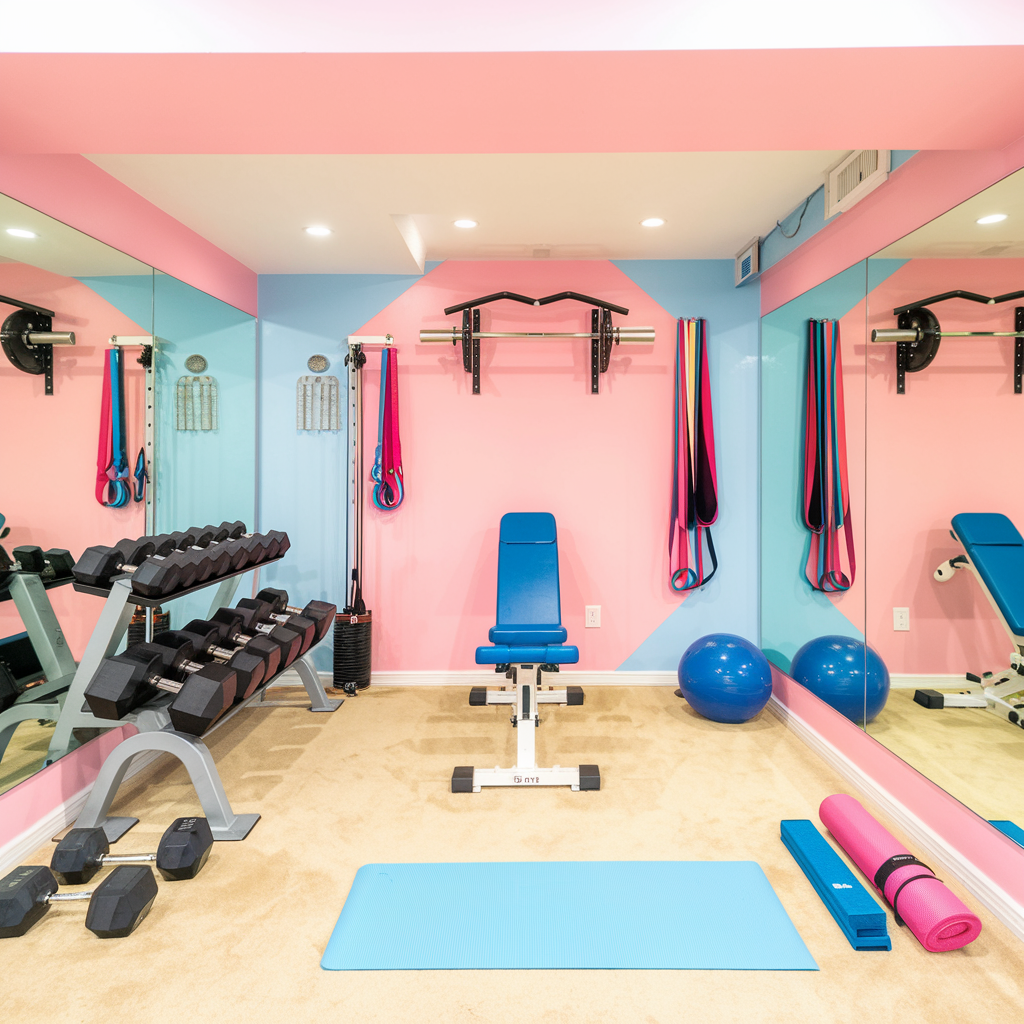How to Create a Caloric Deficit Meal Plan in 5 Steps
I went from eating like an athlete to gaining 20 pounds in just six months.
As a collegiate softball player, I was burning 3,500 calories a day without even thinking about it. I could crush a double bacon cheeseburger after practice, down it with a 2 Liter of Mountain Dew, and never bat an eye because my lifestyle kept me lean and strong.
But when I graduated, everything changed. As I transitioned to a graduate student, my workouts became rare, and I was getting a Venti White Chocolate Mocha every day of the week. Before I knew it, the weight piled on, and I didn’t even recognize myself in the mirror.
For a long time, I told myself it was just a phase, that I’d “get back to it.” But the truth was, I didn’t know how. I had never learned how to eat in the first place.
Eventually, I realized that if I wanted lasting results, I had to do something different. That’s when I discovered calorie counting. I’ll be honest—it felt tedious at first, but over time, I learned how to build a plan that worked for me, not against me. And with those small, sustainable changes, I not only lost the 20 pounds I gained after college but went on to lose a total of 60 pounds postpartum after I had my son.
Learning how to create a caloric deficit was the key that unlocked it all for me. That’s why I’m so passionate about sharing this with you today. Whether you’re a busy mom, a former athlete like me, or just trying to get your health back on track, this step-by-step guide will help you create a caloric deficit meal plan that fits your life and helps you reach your goals—without sacrificing the foods you love.
What Is a Caloric Deficit and Why Does It Matter?
Before we get into the practical steps, let’s clarify what a caloric deficit actually means. In simple terms, it’s when you consume fewer calories than your body burns in a day. This forces your body to use stored fat for energy, leading to weight loss.
Here’s the science in brief:
- Your Total Daily Energy Expenditure (TDEE) is the number of calories your body needs to maintain your current weight, including activity levels.
- To lose weight, you need to eat slightly less than your TDEE (usually a deficit of 10-20%).
For example, if your TDEE is 2,000 calories, eating 1,600–1,800 calories per day creates a manageable deficit.
Step 1: Calculate Your Calorie Goal
The first step in creating a caloric deficit meal plan is knowing your target calorie intake. Here’s how to calculate it:
- Use an online TDEE calculator to find your maintenance calories based on your weight, height, age, and activity level.
- Subtract 10-20% of your TDEE to determine your calorie deficit.
- Adjust as needed. If you’re losing weight too quickly or feeling overly fatigued, you may need to eat slightly more.
Pro Tip: Avoid going below 1,200 calories (women) or 1,500 calories (men) unless supervised by a professional—it can be unsustainable and harmful to your health.
Step 2: Plan Balanced Meals with Calorie Deficit Foods
A successful meal plan includes nutrient-dense foods that keep you full and satisfied. Focus on “calorie deficit foods” that are low in calories but high in volume and nutrients.
Key Food Groups for a Caloric Deficit Meal Plan:
- Lean Proteins: Chicken breast, turkey, eggs, Greek yogurt, tofu, and fish.
- Vegetables: Broccoli, spinach, zucchini, bell peppers, and cauliflower rice.
- Healthy Fats: Avocado, olive oil, nuts, and seeds (in moderation).
- Whole Grains: Quinoa, brown rice, oats, and whole wheat bread.
- Low-Calorie Snacks: Air-popped popcorn, rice cakes, and fruit.
For Examples of Calorie Deficit foods – check out my Recipes. These are the exact recipes I ate on my 60 pound postpartum weight loss journey.
Step 3: Use a Calorie Counting Chart to Track Your Intake
Tracking your meals is essential for staying within your calorie goal. A calorie counting chart or app can make this process simple.
How to Track Your Meals:
- Download a tracking app like MyFitnessPal or MacrosFirst.
- Log everything you eat, including portion sizes.
- Use a kitchen scale to measure foods for accuracy.
Tracking helps you identify which meals or snacks may be putting you over your calorie goal. It also teaches you portion control and keeps you accountable.
Step 4: Prep and Batch Cook Your Meals
Meal prep is a game-changer when it comes to sticking to a calorie deficit. Having pre-planned, portioned meals on hand eliminates the guesswork and reduces the temptation to grab something unhealthy.
Meal Prep Tips:
- Batch cook proteins: Grill chicken breasts or bake tofu for the week.
- Prep veggies: Chop and steam vegetables in advance for easy sides.
- Portion meals: Use meal prep containers to divide meals into single servings.
Calorie Deficit Recipes to Try:
- Breakfast: Hashbrown Eggs Benedict
- Lunch: Philly Cheesesteak Bowl
- Dinner: Honey Chipotle Chicken Tacos with Spanish Rice
- Snack: Greek yogurt with berries and a drizzle of honey.
Step 5: Build Flexibility Into Your Plan
Life happens—kids get sick, work runs late, or you’re just too tired to cook. That’s why flexibility is key. Instead of striving for perfection, aim for consistency.
Ways to Stay Flexible:
- Have backup snacks on hand: Keep calorie-friendly options like protein bars or pre-portioned nuts in your bag.
- Allow room for indulgences: Plan for treats like a cookie or a small slice of pizza within your calorie goal.
- Eat out wisely: Opt for grilled or baked options and ask for dressings on the side.
Remember, one “off” meal won’t derail your progress. It’s about what you do most of the time, not every single day.
Common Challenges and How to Overcome Them
1. “I’m Always Hungry!”
Hunger can be a hurdle when you’re in a calorie deficit. Combat this by:
- Adding more high-fiber veggies to your meals.
- Drinking plenty of water throughout the day.
- Including protein at every meal to stay fuller longer.
2. “I Don’t Have Time to Cook!”
If you’re short on time, focus on quick and easy meals like:
- Rotisserie chicken with a side salad.
- Pre-washed salad kits with a protein topping.
- Overnight oats for a grab-and-go breakfast.
3. “I Fell Off Track!”
It’s okay to slip up—what matters is getting back on track. Ask yourself:
- “What triggered this?” Understanding your habits helps you make adjustments.
- “What’s one small thing I can do right now to feel better?”
Motivational Questions to Get You Started
- What’s one meal you could simplify to make your day easier?
- How would it feel to have meals planned and ready to go?
- What’s one food swap you could make this week to cut calories without feeling deprived?
You’ve Got This!
Creating a caloric deficit meal plan might seem overwhelming at first, but it’s all about taking small, manageable steps. Start by calculating your calorie goal, choosing foods you love, and prepping ahead. Remember, this isn’t about perfection—it’s about progress.
You’ve already taken the first step by learning how to create a plan. Now, it’s time to take action!






